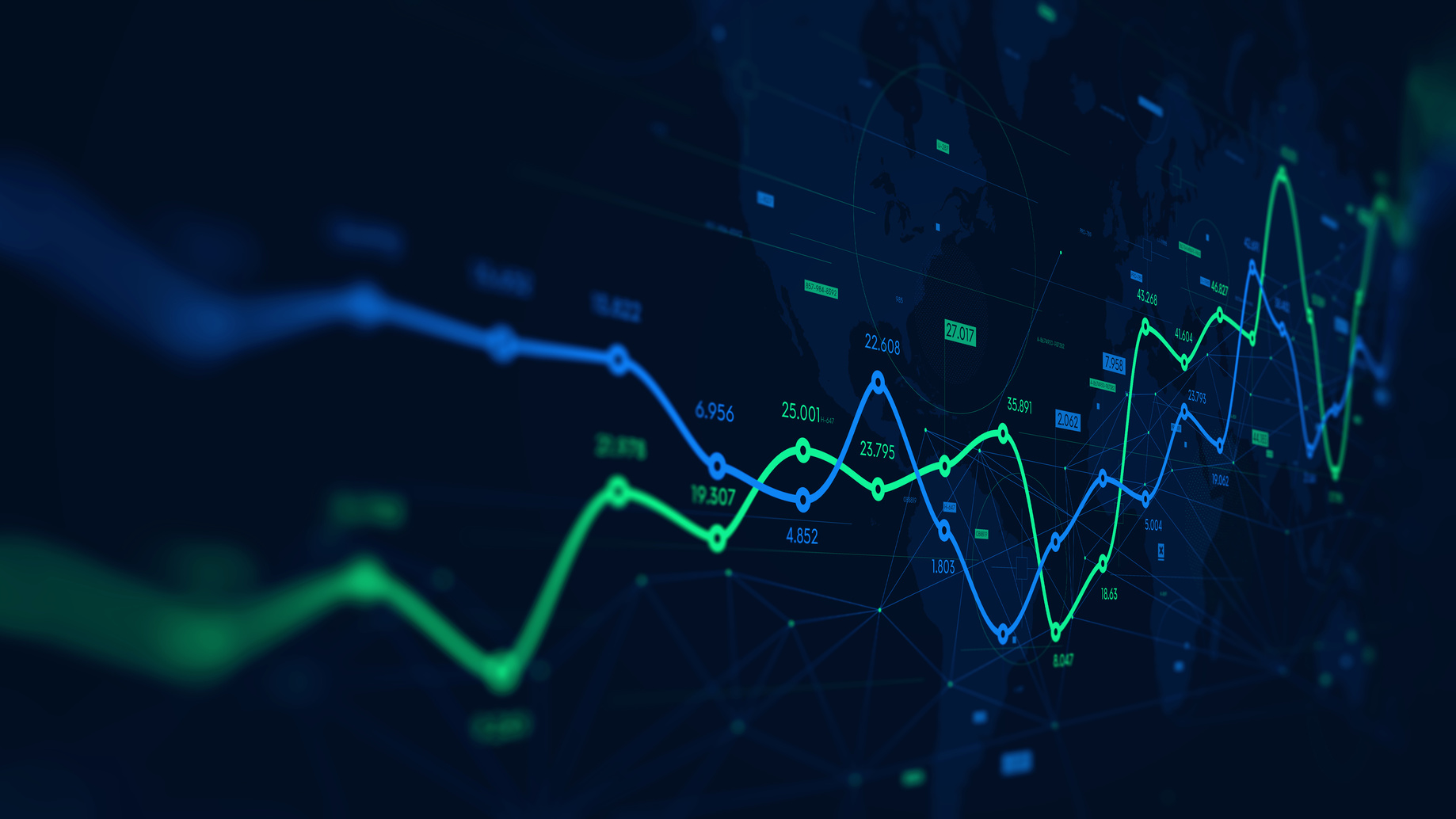How to use big data for wholesale and retail success
What does big data mean? We're here to help you understand what it is, how to get it and how it can turn you into a rockstar sales rep.

When it comes to sales buzzwords, the term big data is probably one of the most intimidating. What does big data mean? Where do I get it? How can I use big data for my wholesale business and to get to know my customer better?
Here’s where we stop and take a deep breath. Yes, you want to enable data-driven wholesale sales. And yes, you can do that without a lot of intimidating technology. In fact, the data you need is easily tracked using a little bit of hustle.
We sat down with Jade Uribe, Account Executive at NuORDER, to get the skinny on how to understand your customer’s buying history and how that can translate into more sales.
Where to Start
There are five pieces of data you should be keeping track of as you work throughout the sales cycle:
- Sales door-by-door
- Sales season by season
- Top performing categories
- Categories by door
- Top-selling styles
According to Uribe, having a record of these data points can give you a leg up when it comes time to cross-sell and up-selling your customers.
Hopefully your company will be able to share this data with you, so don’t be shy about asking your sales manager or owner for it. But that isn’t always the case. “A lot of times these reports are not exactly at your fingertips,” says Uribe. “It takes some time to get the information and it takes a little time to parse the information.”
*Tip: Use a wholesale eCommerce solution with a custom reporting feature to give your sales team instant visibility to help drive sales and have more meaningful customer relationships.
Use big data to know your retail customer
Start recording what you’re selling month-by-month for each account; if you are using a wholesale eCommerce solution, make sure every order is inputted. Eventually, you’ll get to the point where you can look at the annual sales history for each buyer. “The onus is on the wholesale sales rep & manager to make reporting a priority” says Uribe.
*Tip: Use a wholesale eCommerce solution to tag your retailer orders by location, by trade show and by scale (specialty vs. major). Isolate a trend in orders to suggest items a retailer is likely to buy.
A good example of using big data in wholesale to drive more retail sales is to break down your accounts by state or region, he adds.
“If I know that I have 50 accounts in Pennsylvania, and half of those accounts ordered the same item and had good initial sell through, I will make sure to get in front of all of my customers in Pennsylvania & surrounding areas with that one item,” says Uribe.
Make Time to Make It Happen
Another way to increase wholesale sales with data is to look at what you’ve already sold for a set time period (annually, by season, etc.)and use that data to find opportunities for upselling. What is upselling? Upselling is the practice of offering a comparable, more expensive product with your buyer.
Some of the data you’re looking for won’t come from internal sources. The secret weapon when it comes to increasing your wholesale sales and understanding your retail buyer is your customer’s sell-through report.
Asking your buyer for their sell-through report requires a relationship based on trust. However, once you’ve built that rapport, the data this report can provide is invaluable.
Understanding what you’re selling month-to-month and season-to-season can be the difference between $20 million in revenue and $25 million, and wholesale sales reps aren’t taking the time to make the most of the data they have.
*Tip: Use a wholesale eCommerce solution (surprise, surprise - we suggest NuORDER!) with a great reporting tool, such as ‘Who Didn’t Buy My Top 20 Best Sellers’ (surprise again, we just so happen to have this feature) for guaranteed upsell.
Related articles
Get on the list
Wholesale tips and industry news you can’t miss, delivered weekly
